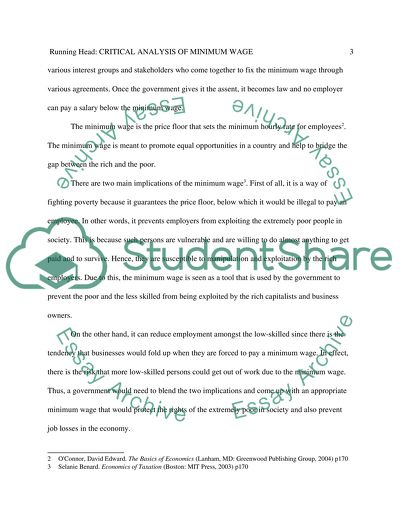Cite this document
(“Critical analysis of minimum wage Research Paper”, n.d.)
Retrieved from https://studentshare.org/macro-microeconomics/1402762-minumum-wage
Retrieved from https://studentshare.org/macro-microeconomics/1402762-minumum-wage
(Critical Analysis of Minimum Wage Research Paper)
https://studentshare.org/macro-microeconomics/1402762-minumum-wage.
https://studentshare.org/macro-microeconomics/1402762-minumum-wage.
“Critical Analysis of Minimum Wage Research Paper”, n.d. https://studentshare.org/macro-microeconomics/1402762-minumum-wage.


